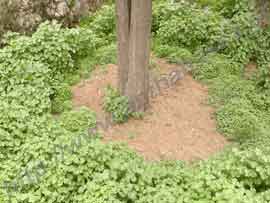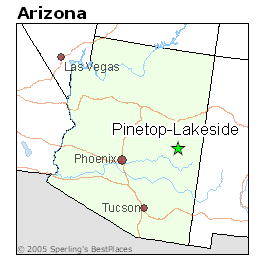The entirety of my second week in S-STEM has been used trying to identify my unknown bacterial sample. Even though I took Microbiology a year ago it took me three attempts to gram stain my unknown. It could have been because I wasn't heat setting the sample long enough, and the bacteria was just washing off into the sink, or it could be that I just couldn't find them under the microscope. Either way it was a little frustrating.
Finally on the third attempt I was able to get a sample to stick and, with a little assistance from Josh, was able to locate the sample under the microscope. It was a beautifully stained gram negative bacillus bacterium. I spent the rest of the week doing all the metabolic tests necessary to discover the identity of my sample.
Here are the results of my tests:
Lactose fermentation- negative, color remained red and there was no gas produced.
Glucose fermentation- positive, the color of the phenol indicator changed from red to yellow and a small amount of gas was produced.
Tryptone indole test-positive, the media got a red ring on the top when the indole reagent was added.
Citrate test- positive, after inoculation the media changed color from green to blue.
Sulfur indole motility test- positive for both motility and sulfur reduction, the inoculation site had feathered edges and changed the media around it to a black color.
Catalase test- positive for catalase production, the sample began to bubble after adding a few drops of peroxide.
Gelatin test- negative, the gelatin became solid again after leaving it in the fridge proving the organism cannot hydrolysis gelatin.
With all this new information at my disposal I can now identify my unknown using the flow chart available. After following the chart it has been determined that my specimen is, in fact, Providencia stuartii.
Here are some pictures of the tests I ran. Now I can move on to my semester project!















































